
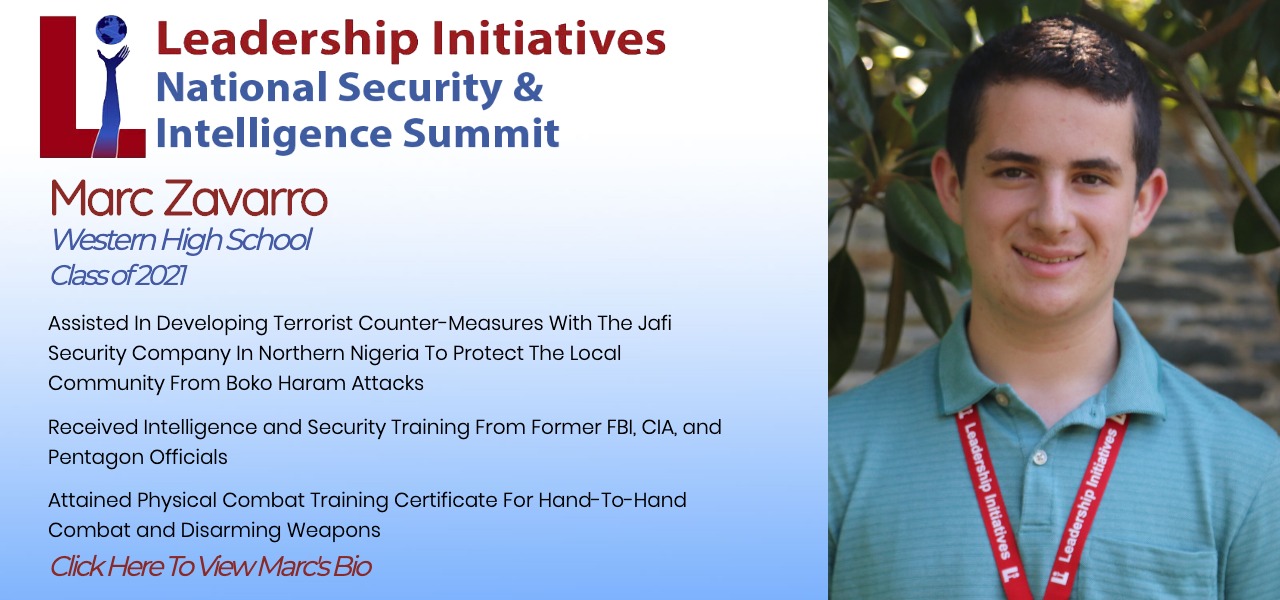

Collaborated with a group of the world’s premier scientists, professors, and professionals in the fields of neuroscience and neuroethics.
Synthesized new neuroscience knowledge into a research proposal for a cutting-edge neuroscience experiment.
Engaged in interactive activities with discussions about cognitive neuroscience and neuroethics in a cross-cultural setting through a biophysical lens.
Read more about Conrad here.
Conrad Schaumburg
Germantown Friends School
Class of 2022
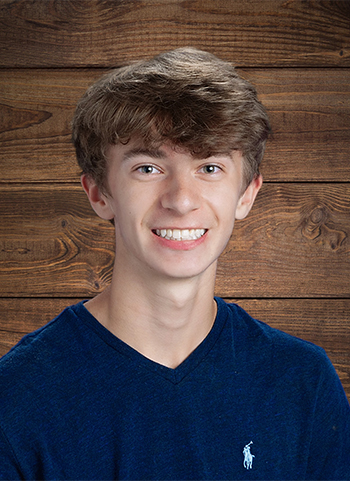


Conrad Schaumburg is a rising senior at Germantown Friends School in Philadelphia, Pennsylvania. Conrad transferred to GFS this year from Cheltenham High School in Wyncote, Pennsylvania. Conrad is a motivated honors student who takes Advanced Placement and Honors courses and who elected to take two additional computer classes online this year that were taught by Stanford graduate students.
Conrad is the leader of BrainStorm, his school’s neuroscience and psychology club. He competed in the regional Brain Bee at the University of Pennsylvania throughout high school, placing fourth, then second, and then winning the regional bee this year. He also competed in the International Brain Bee this year and won third place. Conrad also enjoys running, playing soccer and hiking.
Conrad is excited to participate in the Advance Medical Neuroscience Internship this summer. He is very passionate about neuroscience. His current scientific interests include how machine learning can improve neuroscience and how an understanding of neuroscience can aid our development of neuromorphic software. Furthermore, he has been fascinated by the intersection of machine learning and neuroscience and how these two fields can be applied to help patients and society, as well as, neurodegenerative diseases like Parkinson’s disease. Conrad plans to pursue a career as a neuroscientist, performing research on neurodegenerative diseases.
Read more about Conrad's achievements here.
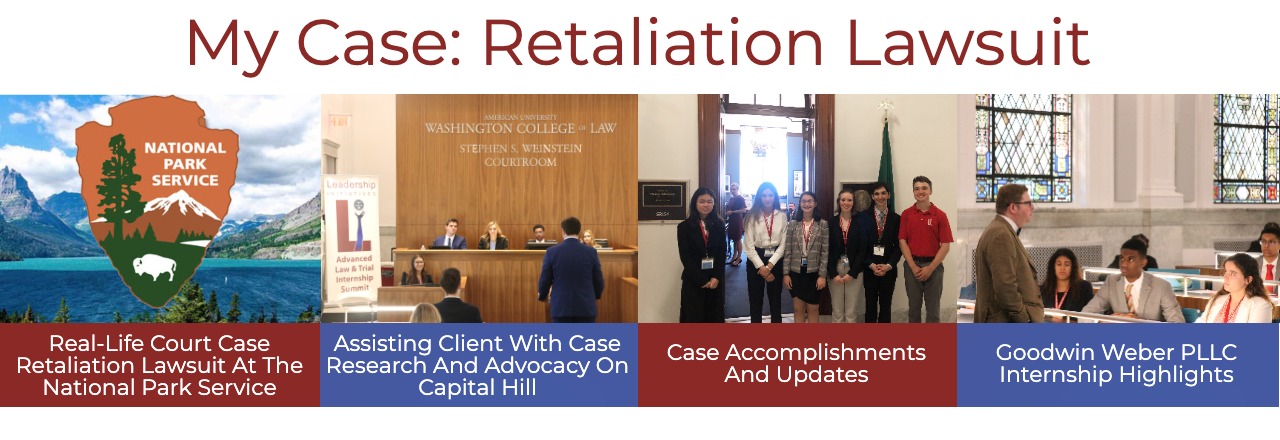
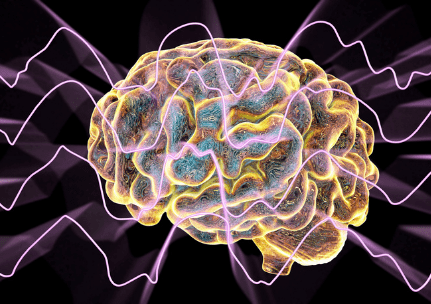
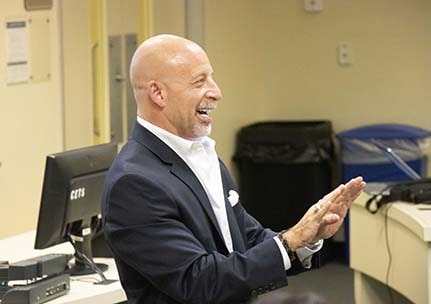
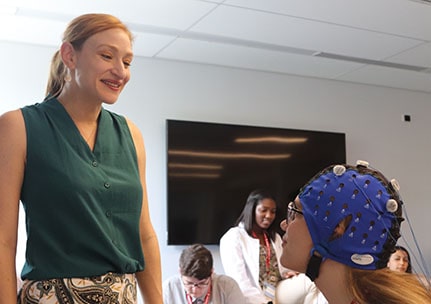

My Neuroscience Training


Neuroscience Experimentation
My Research Proposal & Presentation
Training with Top Neuroscientists
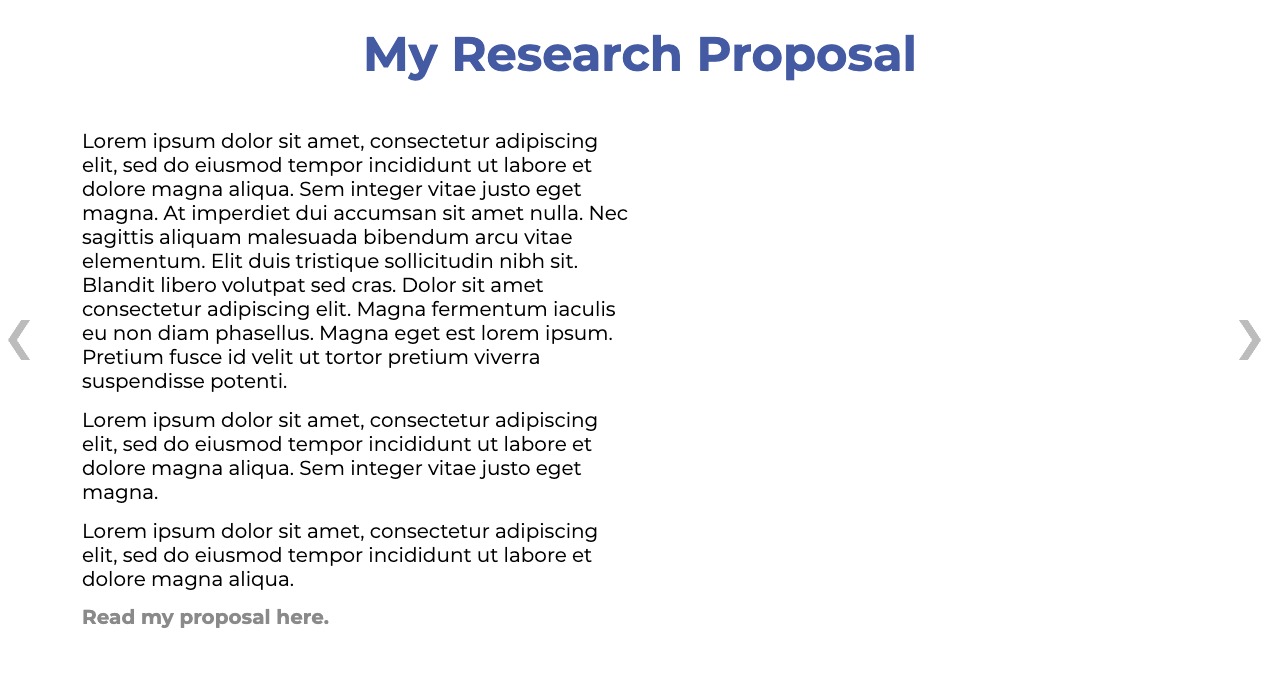


Leadership Initiatives is a 501(c)(3) nonprofit organization that is dedicated to creating future leaders across the globe through experiential learning. In the Advanced Medical Neuroscience Internship, I worked directly with some of the world’s leading scientists to learn about neuroethics, neurocognitive health, and revolutionary developments in the field.
At the conclusion of the internship, I presented my research proposal to a panel of judges including Dr. James Giordano, Dr. John Shook, and Dr. Michael Heinrich. Respectively, these judges are the Chair of Georgetown University’s Neuroethics Studies Program, Philosopher and Bowie State University Professor, and Coburg University’s School of Design Dean of Studies.
In order to address the lack of accessibility to Eye Movement and Desensitization Reprocessing (EMDR), a psychotherapeutic treatment that works to resolve emotional trauma, I presented this proposal to this distinguished panel of judges. I proposed a research method that could test the individual hypothesis surrounding the success of EMDR.
Read my proposal here.
My Research Proposal

My research posed the answer to the question, “What attention orientationally networks are activated during bilateral eye movements within EMDR?”
In order to answer this question, I devised a methodology that would utilize a random sample of twenty adults that would have their brain activity measured using fNIRS and an EEG during memory recollection with and without eye movement. The patients would then be asked to recall a neutral and a painful memory to understand differing reactions while undergoing eye movement therapy. The data will then be analyzed using trends of mental workload ratings to analyze reactions to the differing therapies.
Our anticipated findings suggest that the frontoparietal network is activated during EMDR which corroborates the known aspects of the network surrounding attention orientation. Establishing differentiated networks during the EMDR would explain why similar effects on trauma are not found during other attention states, building on the credibility of the attention diversion hypothesis.
See my research proposal presentation here.

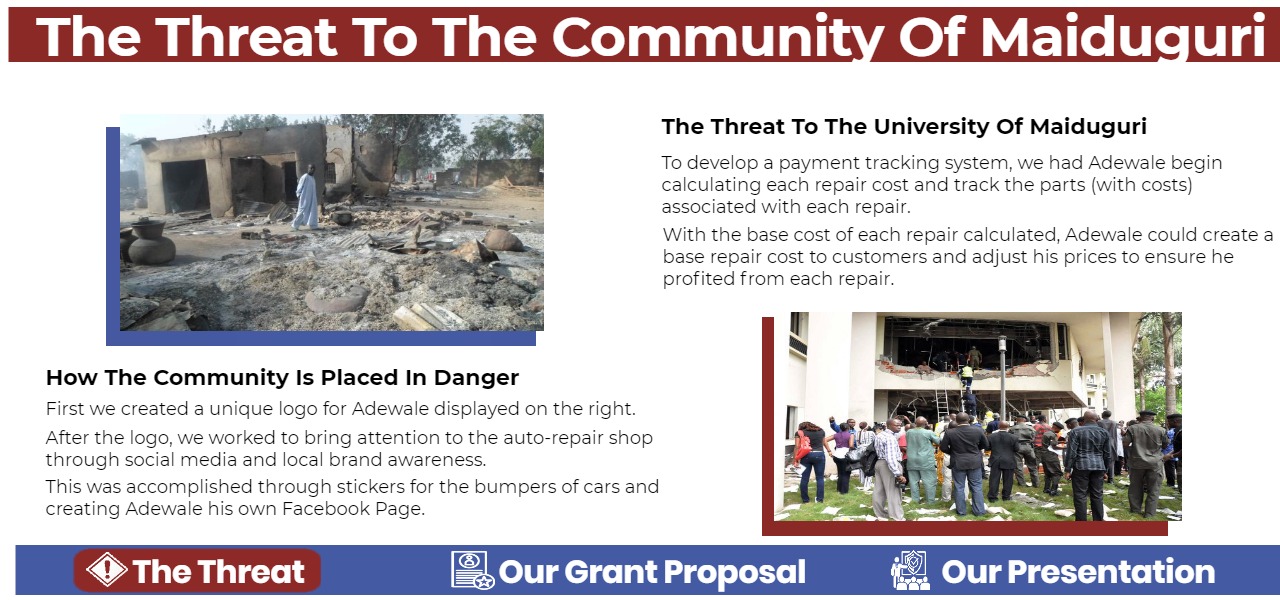
The Frontier of Neuroscience
Deep Brain Stimulation
I had the unique opportunity to speak with Dr. Michael Okun, founder of the University of Florida’s movement disorders program.
Within his work, Dr. Okun utilizes Deep Brain Stimulation (DBS), which operates like a pacemaker within the brain and is often inserted via conscious surgery
Electrodes are put in the brain to regulate electrical signals and help with conditions like Epilepsy, Parkinson’s Disease, Dystonia, Obsessive Compulsive Disorder, and Essential Tremor.


Quantitative Neuroscience Research Methods
Dr. Sebastian Sauer discussed how data is mined from social media and how natural language processing is able to interpret the tone of a post and discern the original intent of the poster.
We explored how this method of quantifying word choice can contextualize how people feel in a broader societal exchange, allowing for the extension of research to the biophysical sphere.
Then we connected this metrics to its implications of what is occuring in the brain when interacting with social media over time, revealing its role along the spectrum of involvement.
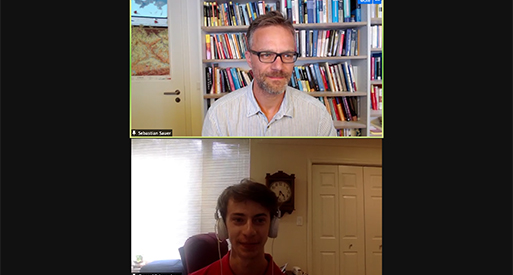
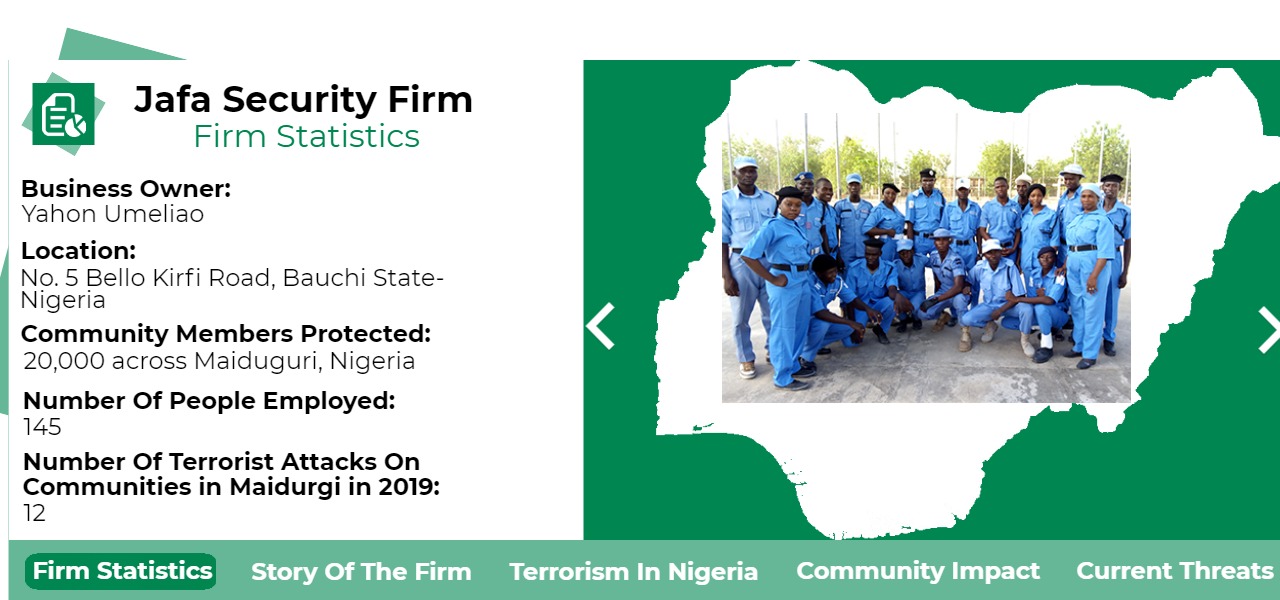
Internship Highlights
Dr. James Giordano

Dr. James Giordano
Neuroanatomy
Brain~Mind Interventions
Experts & Mentors

I had the chance to work and collaborate directly with Dr. James Giordano, Chief of Georgetown University’s Neuroethics Studies Program. In addition to his involvement with a variety of educational institutions, Dr. Giordano is the author of over 350 publications in neuroscience and neuroethics.
During our first meeting, I got a crash course on the biological mind of our species. I learned about the major role our subconscious plays in our thinking, and how these thoughts rarely breach our consciousness.
This new knowledge prompted a debate over free will, whether we maintain true control over our mental functions, and the crucial implications for both our individuals and social lives.

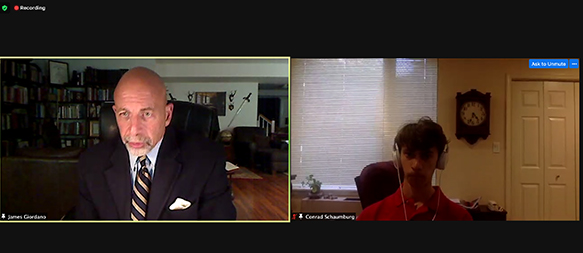

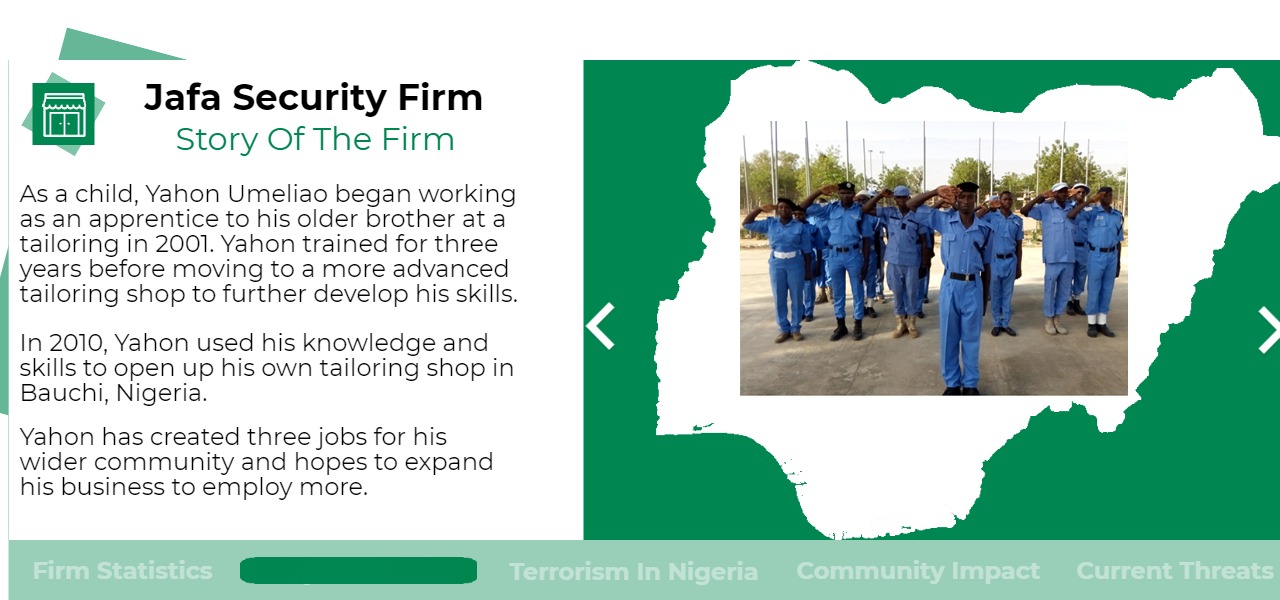
Neuroanatomy

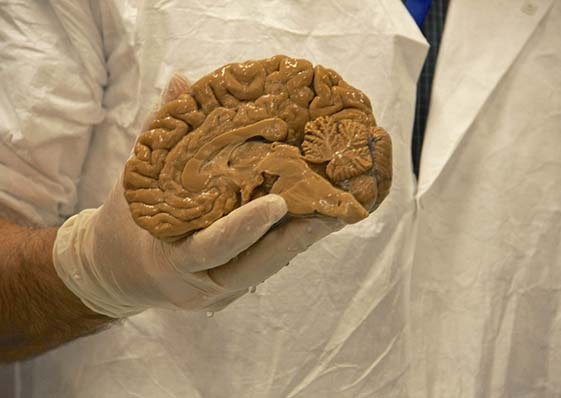
I learned about the anatomy and physiology of the brain in a demonstrative lecture from Dr. Giordano.
The brain is protected by the skull and is composed of the cerebrum, cerebellum, and brain stem. It embodies an individual’s mind and soul, in conjunction with governing intelligence, creativity, emotion, and memory.
This amazing organ is not only of use to us in life but in death as well. After explaining the brain’s anatomy and physiology, Dr. Giordano outlined the use of Brain Banks, which are organizations that accept brains for research that is instrumental in mitigating the effects and prevalence of neurocognitive disease.

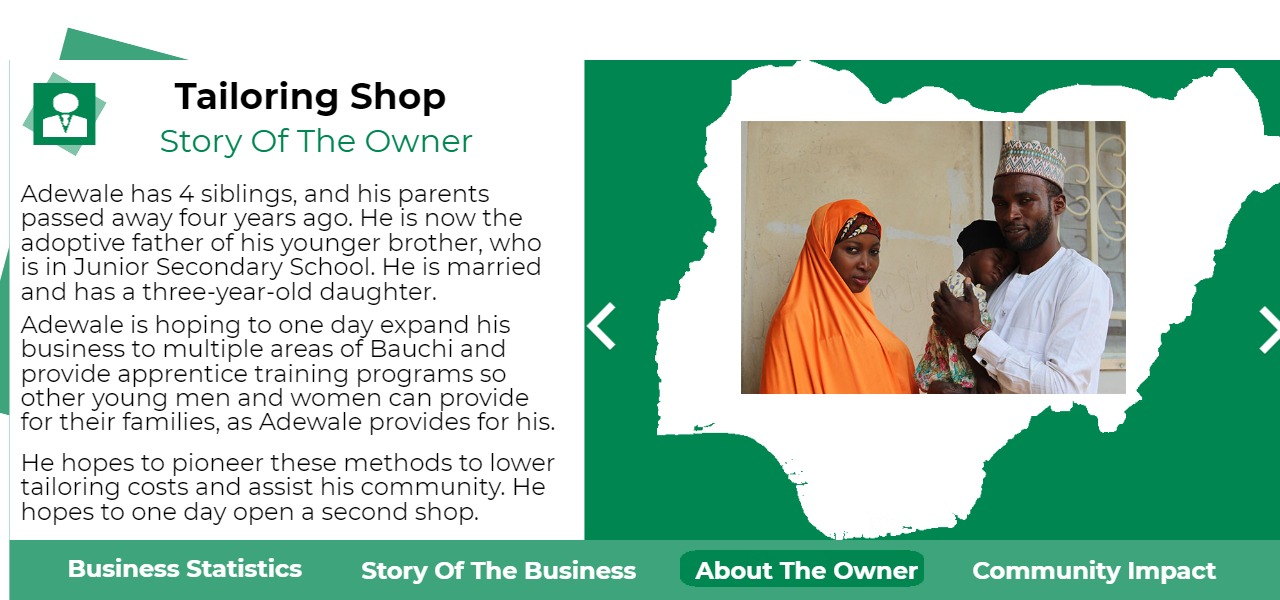
Brain~Mind Interventions

Brain~Mind Interventions are utilized for the treatment, wellness, and enhancement of the mind and brain. These interventions can be categorized into “Low-tech” and “High-tech” Brain~Mind Interventions.
“Low-tech” Brain~Mind Interventions allow you to modify the interactions between the brain and mind through accessible and non-invasive techniques. In contrast, “High-tech” Brain~Mind Interventions are less accessible and can involve invasive procedures.
This new knowledge allowed me to assess the intersection between brain, mind, and body and how they can work together to improve the wellbeing of an individual.

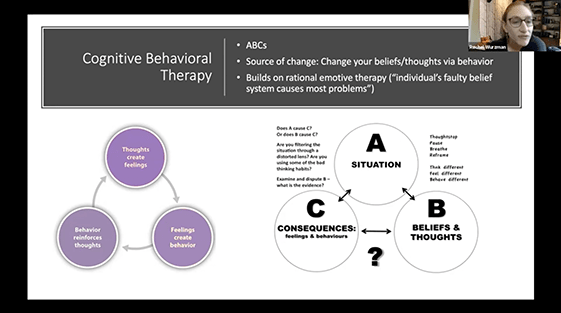

Experts & Mentors

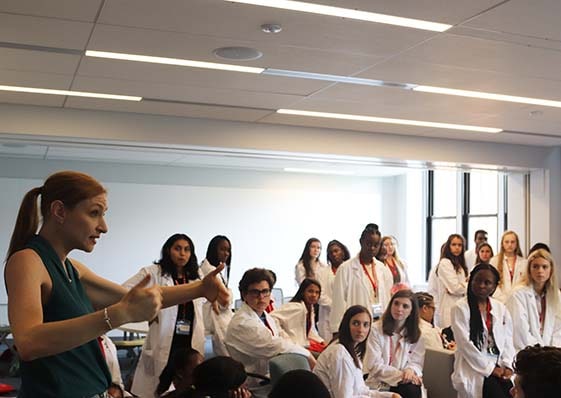
Along with Dr. Giordano, I had the opportunity to work closely with Dr. Rachel Wurzman, a Fellow with the Center for Neuroscience & Society and Postdoctoral Research Fellow in Neurology with the Laboratory of Neural Stimulation at the University of Pennsylvania.
Dr. Wurzman lent her expertise of neuroplasticity, neurodiversity, and neuroethics to help our team develop our research proposal.
In addition to Dr. Wurzman’s assistance, my team worked directly with Professor Heather Aranyi, leading communication coach and faculty in Northwestern University’s Farley Center for Entrepreneurship. Professor Aranyi helped us develop the story behind our proposal, properly contextualize our research, and hone our presentation skills.

